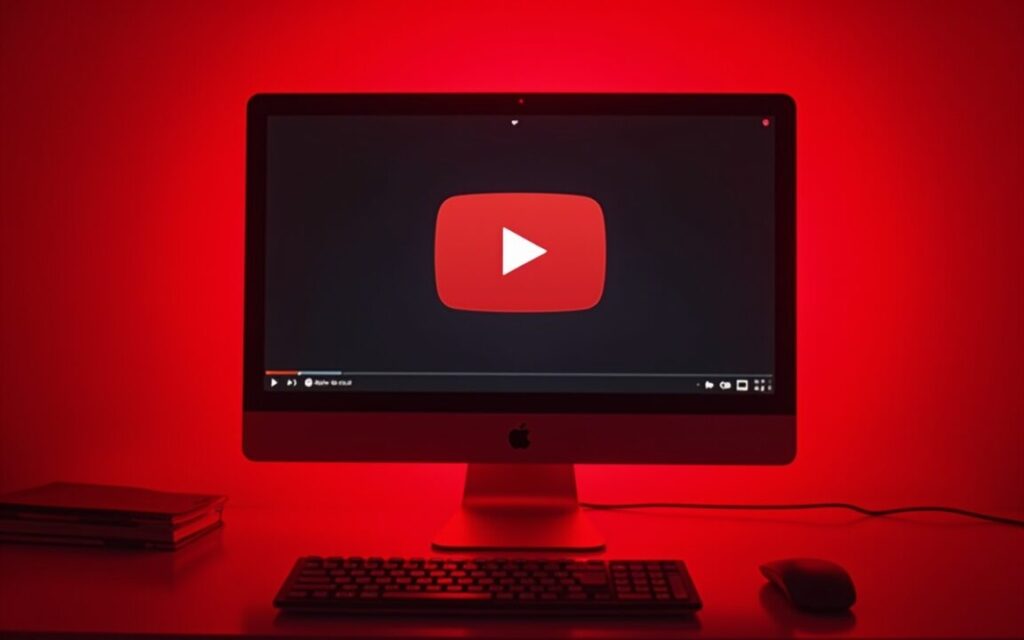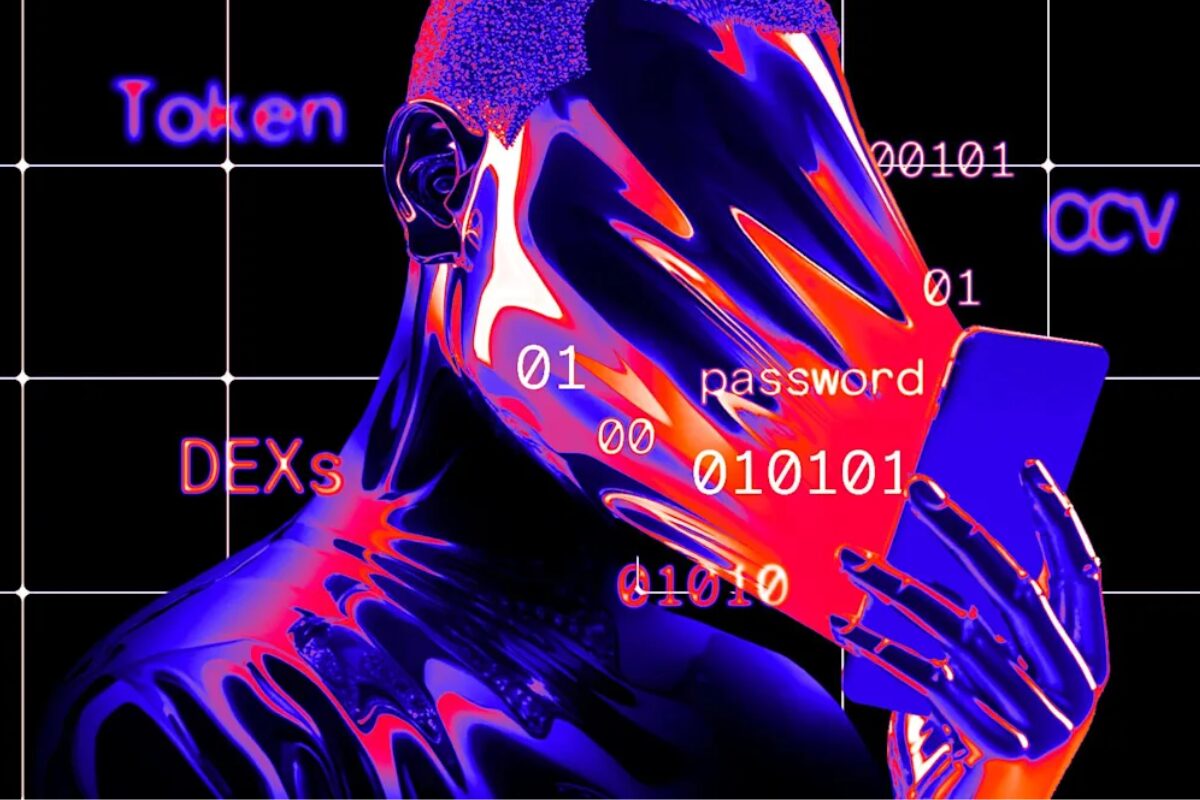Dota 2 YouTube Hack – On the night of October 15, 2025, Dota 2 fans expecting patch notes or tournament updates instead encountered a livestream titled “Dota 2 Launch Official Meme Coin | Hurry Up.” The channel had been hijacked, and the content promoted a Solana-based token called dota2coin.
The livestream appeared professional. Valve-style overlays, familiar logos, and tournament-level production created an illusion of authenticity. Even the chat was filled with automated messages to simulate excitement. Within an hour, PGL’s YouTube channel followed suit, spreading the scam to more viewers.
This incident underscores a harsh reality: verified esports channels, long seen as trustworthy, are now prime targets for coordinated scams. The fallout is not just financial but psychological, shaking confidence in official broadcasts.
How the Scam Spread Across Esports – Dota 2 YouTube Hack

The attack didn’t stop with Dota 2 and PGL. Other esports channels, such as ESL, BLAST Counter-Strike, and Mobile Legends MPL Indonesia, were also compromised. The coordination suggests a professional operation behind the scenes.
Timeline of the Attack:
| Time (GMT+8) | Event |
|---|---|
| 10:45 PM | Dota 2 livestream begins |
| 11:30 PM | PGL channel hijacked |
| 12:00 AM | Fans alert Reddit and X communities |
| 2:00 AM | YouTube removes fraudulent streams |
| 8:00 AM | Channels restored |
The table shows how fast the breach escalated, with multiple channels adding layers of credibility to the scam. Fans were forced to question even the most trusted sources.
Why Viewers Were Fooled – Dota 2 YouTube Hack

The livestream’s success lay in its psychological design rather than technical sophistication alone:
- Authority: Valve and PGL branding conveyed legitimacy.
- Urgency: “Limited token sale” messages created FOMO.
- Social Proof: Identical streams on multiple channels made the event seem genuine.
Automated chat messages like “This is huge!” amplified the illusion of community excitement. Similar tactics appear in scams such as fake Elon Musk crypto giveaways, where authority and social validation trick users into acting quickly.
This shows that in esports, perception often outweighs reality. Even experienced fans can be influenced by visuals and messaging when trust is weaponized.
How Hackers Gained Access – Dota 2 YouTube Hack

Security researchers indicate that the breach relied on phishing and session hijacking:
- Staff likely received emails posing as sponsorship offers.
- Clicking embedded links stole session tokens, bypassing 2FA.
- Pre-recorded fake livestreams were uploaded as “Premieres” to simulate live content.
Coordination indicators included simultaneous breaches, identical metadata, and synchronized wallet activity. A YouTube playback outage the same night may have further facilitated the attack.
The technical aspect demonstrates that human error remains the most exploitable vulnerability in esports security. One careless click can compromise millions of viewers’ trust.
Community and Industry Response

Fans and the esports community acted quickly to contain the damage:
- Reddit moderators pinned warnings in r/DotA2.
- Influencers like Brad Lynch shared alerts on X.
- YouTube removed the streams, restoring channels by the following morning.
Despite these efforts, neither Valve nor PGL issued public statements, leaving fans frustrated and concerned. Industry voices emphasized:
- Cybersecurity analysts: Crypto-related YouTube hijacks are increasing.
- Solana educators: Platforms like Pump.fun are legitimate but often exploited.
- Gaming security advocates: Hardware-based authentication and routine audits are critical.
The community coined a simple rule: “Verify before you vibe.” Even official channels require vigilance.
Lessons Learned and Why Esports Must Adapt
The Dota 2 YouTube hack illustrates that esports is as much about digital security as it is about gameplay. Verified channels alone aren’t safe. Staff training, limited admin access, and hardware-based 2FA are essential. Platforms like YouTube need real-time monitoring to flag unusual activity.
Fans also bear responsibility: avoid unverified links, cross-check announcements, and report suspicious content promptly. Esports and crypto are converging, and the next attack could be more sophisticated.
Ultimately, this incident is a reminder that trust in digital spaces is fragile. Protecting audiences, staff, and channels isn’t just precaution—it’s a necessity for the integrity of esports. The Dota 2 YouTube hack is a wake-up call for everyone involved: vigilance, proactive security, and community awareness must now be integral to esports culture.





